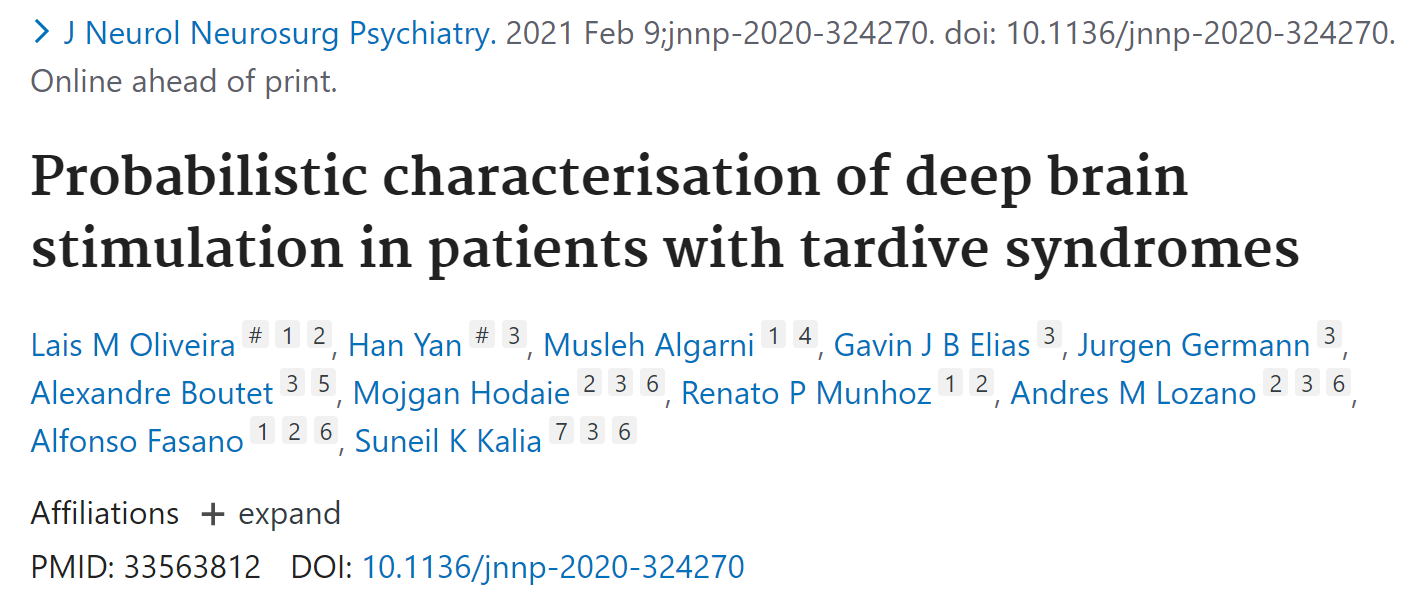辛伐他汀和依替米贝联合用药不能降低新发房颤发生率
2012-06-04 00:05:16 来源: 丁香园 作者: 评论:0 点击:
丁香园 作者: 评论:0 点击:
1、The combination of simvastatin and ezetimibe failed to cut down on new-onset atrial fibrillation (AF) in patients with asymptomatic aortic stenosis, according to findings from the Simvastatin and Ezetimibe in Aortic Stenosis (SEAS) study.
根据辛伐他汀和依替米贝治疗主动脉瓣狭窄的研究(SEAS研究)发现,辛伐他汀和依替米贝联合用药不能降低无症状主动脉瓣狭窄患者的新发房颤发生率。
2、 Dr. Casper N. Bang from Rigshospitalet, Copenhagen, Denmark, who led the study, expressed surprise. "Forty milligrams of simvastatin did not lower the incidence of new onset AF; however, this dosage might have been too low," he told Reuters Health by email.
丹麦首都哥本哈根 Rigshospitalet医院的Bang医生是该研究的负责人,他对此研究结果表示吃惊。他通过电子邮件告诉路透社健康部门,“40mg辛伐他汀不能降低新发房颤的发生率。然而,这个剂量可能太小。“
3、 American and European guidelines suggest that statins might help prevent AF, but published studies have yielded conflicting results.
美国和欧洲指南建议他汀类药物可能有助于阻止房颤,但是已发表的研究结果却与指南互相矛盾。
4、 Dr. Bang and colleagues tested the effect of simvastatin 40 mg and ezetimibe 10 mg in a randomized study of 1,421 asymptomatic patients with mild-to-moderate aortic stenosis. They reported their findings last month in the American Heart Journal
Bang医生和他的同事通过开展随机对照试验纳入了1421例无症状轻-中度主动脉瓣狭窄患者,对其口服40mg辛伐他汀和10mg依替米贝的疗效进行研究。他们上个月在美国心脏杂志报道了该研究结果。
5、 New-onset AF developed in 44 patients in the treatment group and 41 patients in the placebo group (for statistically similar rates of 14.2 vs 13.7/1000 person-years). There was also no difference in median time to new-onset AF with treatment vs placebo (1566 vs 1578 days).
治疗组有44例患者出现新发房颤,对照组有41例患者出现新发房颤(率的比较统计学无明显差异,14.2 VS 13.7/1000人年)。治疗组和对照组的新发房颤平均时间比较也没有明显统计学差异(1566 VS 1578 日)。
6、 In multivariable risk calculations, there was no effect of treatment with simvastatin and ezetimibe on the incidence of new-onset AF.
在多元风险因素分析中,应用辛伐他汀和依替米贝治疗,对新发房颤的发生率没有影响。
7、 Multivariable prediction models did show a 7% higher AF risk for every year increase in age and a 1.8% higher risk for each increase in g/m2 of left ventricular mass index.
多元回归模型显示,年龄增加可导致房颤危险性增加7%,并且左心室重量指数每增加2克/平方米,房颤危险性增加1.8%。
8、 New-onset AF, in turn, was associated with a 65% increased risk of aortic stenosis-related events and with a fourfold proportional increase in the risk of nonfatal nonhemorrhagic stroke. There was no significant association between new-onset AF and the risk of all-cause mortality.
主动脉狭窄相关事件可导致新发房颤的危险性增加65%,并且导致非致命性的非出血性卒中的发生风险升高4倍。新发房颤和各种原因的死亡率风险无显著联系。
9、 Other alternatives that might reduce the risk of new-onset AF in patients like these, Dr. Bang said, include "aortic valve replacement, antihypertensive medicine (e.g., beta-blockers to avoid left atrial dilatation), and higher doses of statins (40 mg simvastatin is not enough)."
Bang医生说:“其他可能降低患者新发房颤风险的类似备选方案包括:主动脉瓣置换术、降压药(例如应用β受体阻滞剂避免左心房扩张)和高剂量他汀类药物(40mg辛伐他汀剂量不足)。”
10、 This study doesn't rule out possible benefits of statins in this setting. Dr. Bang added, "I have two other articles coming up with positive results of statins on AF."
“该项研究不能排除辛伐他汀40mg有效的可能性”,Bang医生补充道,“我还有另外两篇论著即将发表,显示了他汀类药物对于房颤的积极作用。”
根据辛伐他汀和依替米贝治疗主动脉瓣狭窄的研究(SEAS研究)发现,辛伐他汀和依替米贝联合用药不能降低无症状主动脉瓣狭窄患者的新发房颤发生率。
2、 Dr. Casper N. Bang from Rigshospitalet, Copenhagen, Denmark, who led the study, expressed surprise. "Forty milligrams of simvastatin did not lower the incidence of new onset AF; however, this dosage might have been too low," he told Reuters Health by email.
丹麦首都哥本哈根 Rigshospitalet医院的Bang医生是该研究的负责人,他对此研究结果表示吃惊。他通过电子邮件告诉路透社健康部门,“40mg辛伐他汀不能降低新发房颤的发生率。然而,这个剂量可能太小。“
3、 American and European guidelines suggest that statins might help prevent AF, but published studies have yielded conflicting results.
美国和欧洲指南建议他汀类药物可能有助于阻止房颤,但是已发表的研究结果却与指南互相矛盾。
4、 Dr. Bang and colleagues tested the effect of simvastatin 40 mg and ezetimibe 10 mg in a randomized study of 1,421 asymptomatic patients with mild-to-moderate aortic stenosis. They reported their findings last month in the American Heart Journal
Bang医生和他的同事通过开展随机对照试验纳入了1421例无症状轻-中度主动脉瓣狭窄患者,对其口服40mg辛伐他汀和10mg依替米贝的疗效进行研究。他们上个月在美国心脏杂志报道了该研究结果。
5、 New-onset AF developed in 44 patients in the treatment group and 41 patients in the placebo group (for statistically similar rates of 14.2 vs 13.7/1000 person-years). There was also no difference in median time to new-onset AF with treatment vs placebo (1566 vs 1578 days).
治疗组有44例患者出现新发房颤,对照组有41例患者出现新发房颤(率的比较统计学无明显差异,14.2 VS 13.7/1000人年)。治疗组和对照组的新发房颤平均时间比较也没有明显统计学差异(1566 VS 1578 日)。
6、 In multivariable risk calculations, there was no effect of treatment with simvastatin and ezetimibe on the incidence of new-onset AF.
在多元风险因素分析中,应用辛伐他汀和依替米贝治疗,对新发房颤的发生率没有影响。
7、 Multivariable prediction models did show a 7% higher AF risk for every year increase in age and a 1.8% higher risk for each increase in g/m2 of left ventricular mass index.
多元回归模型显示,年龄增加可导致房颤危险性增加7%,并且左心室重量指数每增加2克/平方米,房颤危险性增加1.8%。
8、 New-onset AF, in turn, was associated with a 65% increased risk of aortic stenosis-related events and with a fourfold proportional increase in the risk of nonfatal nonhemorrhagic stroke. There was no significant association between new-onset AF and the risk of all-cause mortality.
主动脉狭窄相关事件可导致新发房颤的危险性增加65%,并且导致非致命性的非出血性卒中的发生风险升高4倍。新发房颤和各种原因的死亡率风险无显著联系。
9、 Other alternatives that might reduce the risk of new-onset AF in patients like these, Dr. Bang said, include "aortic valve replacement, antihypertensive medicine (e.g., beta-blockers to avoid left atrial dilatation), and higher doses of statins (40 mg simvastatin is not enough)."
Bang医生说:“其他可能降低患者新发房颤风险的类似备选方案包括:主动脉瓣置换术、降压药(例如应用β受体阻滞剂避免左心房扩张)和高剂量他汀类药物(40mg辛伐他汀剂量不足)。”
10、 This study doesn't rule out possible benefits of statins in this setting. Dr. Bang added, "I have two other articles coming up with positive results of statins on AF."
“该项研究不能排除辛伐他汀40mg有效的可能性”,Bang医生补充道,“我还有另外两篇论著即将发表,显示了他汀类药物对于房颤的积极作用。”
相关热词搜索:房颤
上一篇:碳青霉烯类抗生素易感性的监控
下一篇:Genzyme宣布治疗多发性硬化症药物teriflunomide的TOWER试验结果良好
频道总排行
频道本月排行
热门购物
评论排行
- 2011年临床执业医师考试实践技能真...(13)
- 腋臭手术视频(12)
- 2008年考研英语真题及参考答案(5)
- 节食挑食最伤女人的免疫系统(5)
- 核辐射的定义和单位(5)
- CKD患者Tm与IMT相关(5)
- 齐鲁医院普外科开展“喉返神经监护...(5)
- windows7激活工具WIN7 Activation v1.7(5)
- 正常微循环(5)
- 美大学性教育课来真的 男女上阵亲...(4)














